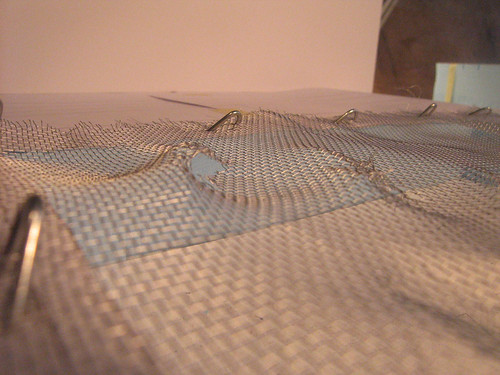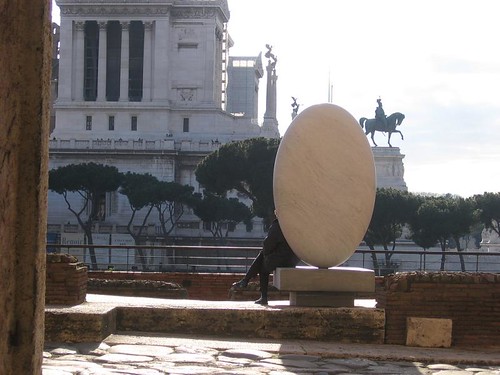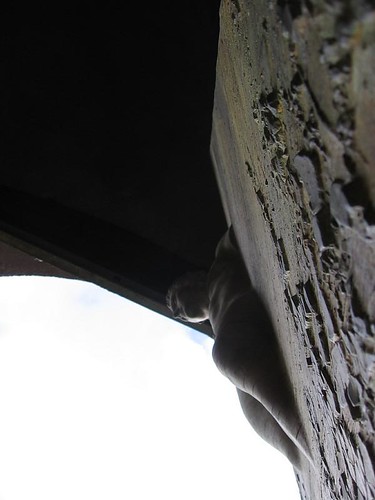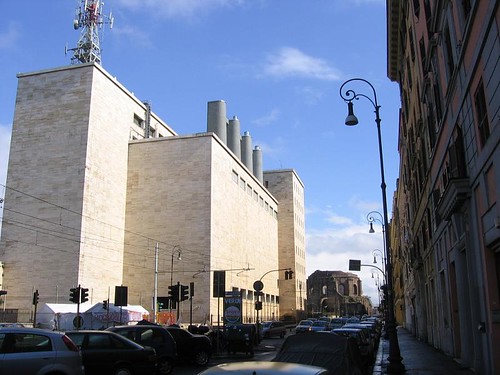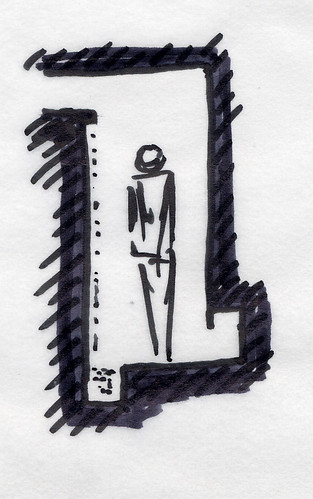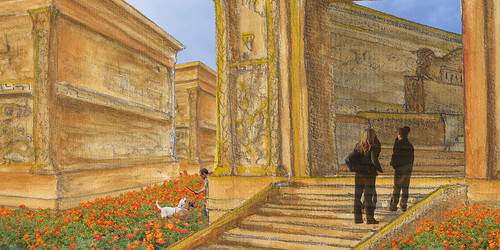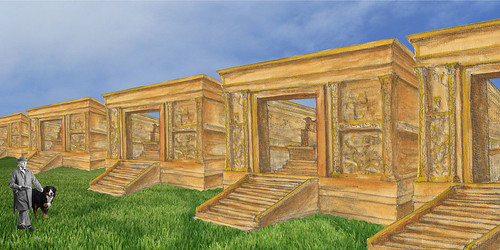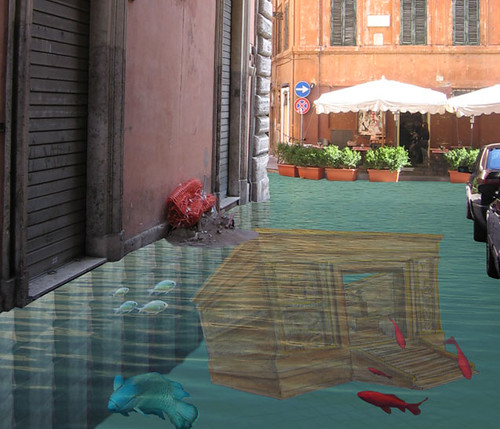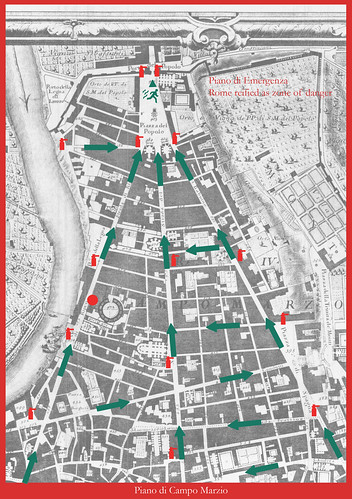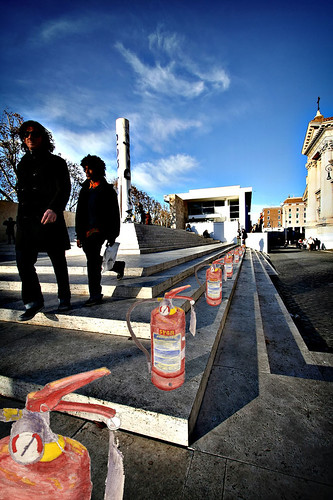It's heartbreaking, but I think my long-standing dream (6 years in the making, 6 years in the breaking) of using the insights of structuralism for the purposes of designing the built environment is truly flawed. Ignoring for a moment the problems with structuralism, how it is insensitively taxonomic or violent - how it takes things apart in order to understand them; despite this, it remains a useful tool for understanding. My problem is that architecture always means, no matter what you do. To bastardize the old Jungian adage, "Invited or not, meaning will come."
The difficulty is in controlling that meaning in such an amnesiac and quick-paced era. When architects try and control the meaning of their work, the meaning shifts to representing their intention to mean. Put in semiotic terms, the most reliable mode of signification in architecture is indexical signification.
Kingwell points out in his article on 'Monumental/Conceptual Architecture', that art has to embody ideas rather than demonstrate them, or to "speak them". As he says: "Conceptual art can be strong only when the concepts are subordinate to the art rather than dominant."
This is the problem with conceptual art - it quickly shifts from being considered profound to being considered pretentious if its dominant characteristic is its concept. If the dominant characteristic is aesthetic, and the idea is embodied (as in the case of Magritte, I would argue), then the work is of much greater value.
I feel that this relates directly to my relationship with the dream of structuralist design. Plenty can be learned about the built environment through the application of a range of analytic tools, but when it comes to the project of 'making' the same tools can not be applied. If architecture is to communicate, it must embody the ideas. Being conceptual architecture is not enough - it must become an
architecture of ideas.


